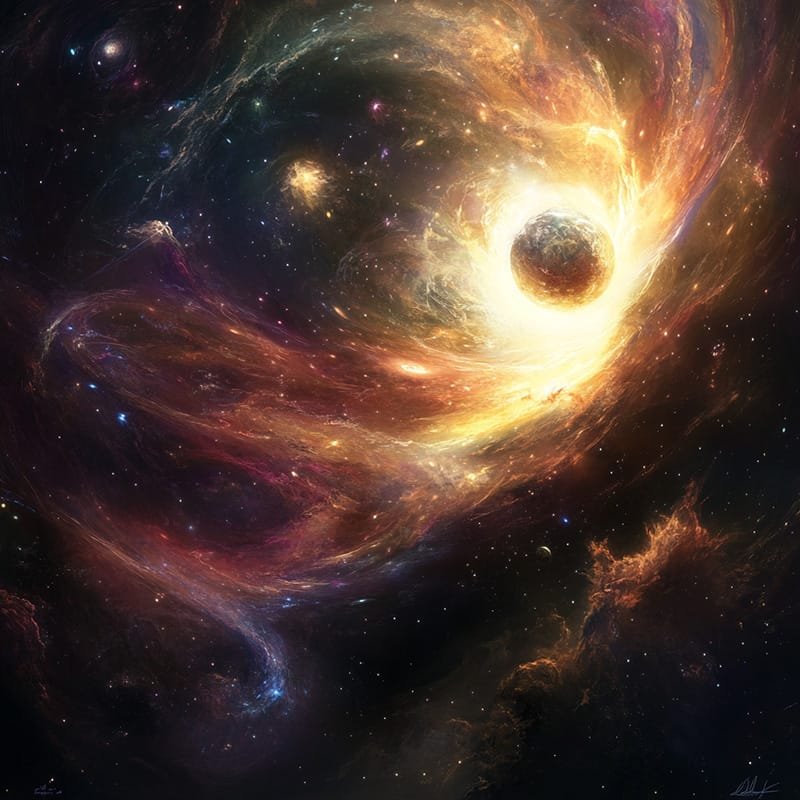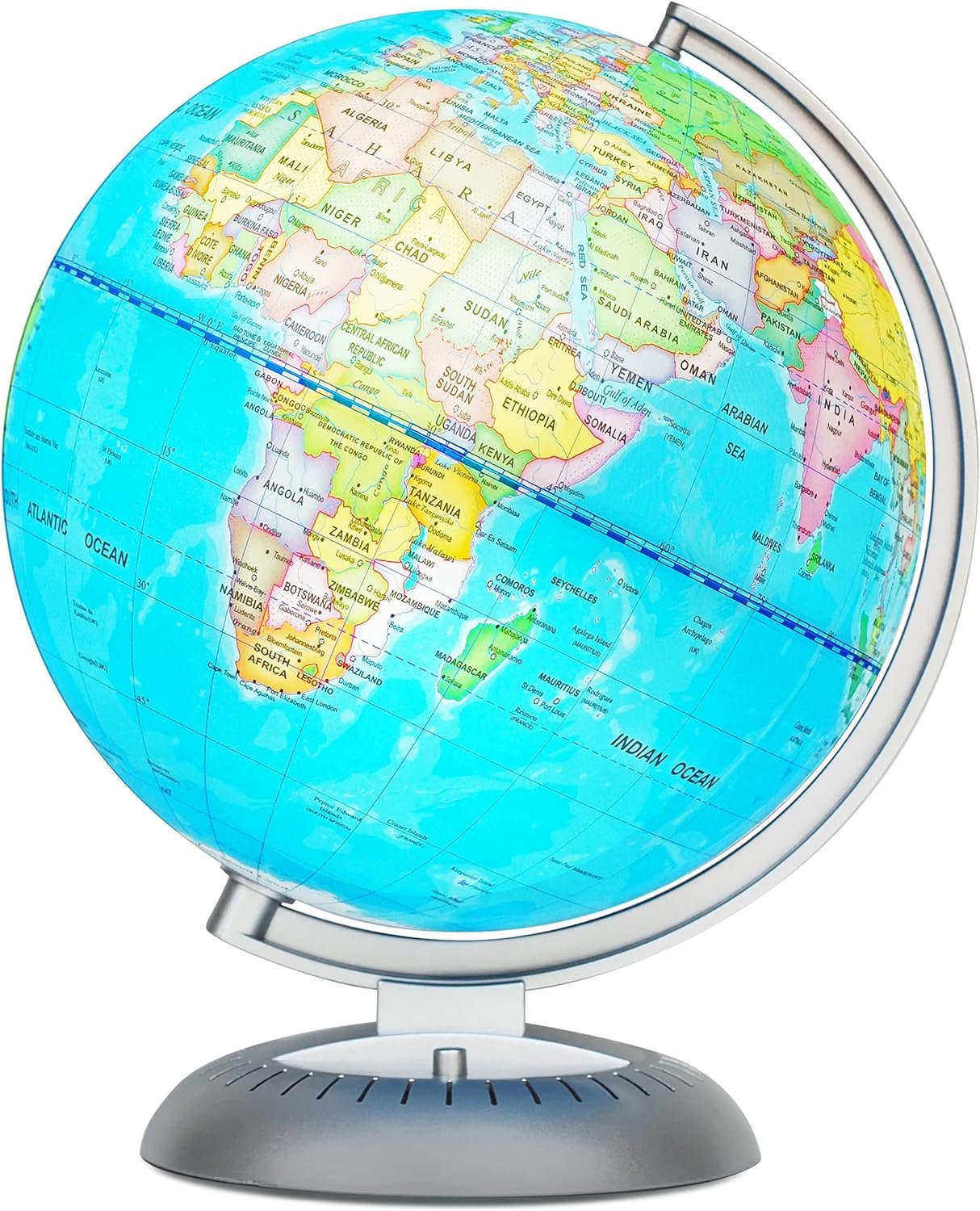Exploring cosmic rarity reveals hydrogen & helium’s abundance, rare elements like lithium, dark matter, and the search for intelligent life.
Key Takeaways 📝
- The universe’s most abundant elements, hydrogen and helium, make up about 98% of its baryonic mass, highlighting their dominance amidst a backdrop of cosmic rarity.
- Rare elements like lithium, beryllium, and boron are formed through unique processes, making them exceptional compared to the more common elements.
- Dark matter and antimatter present intriguing anomalies; while dark matter constitutes roughly 27% of the universe, antimatter poses questions about the imbalance between matter and antimatter that emerged after the Big Bang.
- The search for Earth-like planets reveals the specific conditions necessary for complex life, suggesting that such planets are rare and valuable in the vast universe.
- The “Rare Earth Hypothesis” posits that intelligent life could be one of the rarest occurrences in the cosmos, emphasizing the complex chain of events required for its emergence.
Which is the rarest item in the universe? Exploring the Cosmic Enigma
The universe, vast and mysterious, is a place where wonders never cease. Among its countless marvels, there’s a tantalizing question that captures the imagination: What is the rarest item in the universe? To answer this, we must embark on a journey through elemental abundance, exotic forms of matter, and celestial phenomena. Join me as we explore these cosmic mysteries and attempt to uncover the rarest treasures the universe has to offer.
The Cosmic Quest for Rarity
As we gaze into the night sky, it might seem that the universe is an ocean of commonality. Yet, beneath the surface lies a world of rare phenomena that reflect the complexity and diversity of the cosmos. But what defines rarity in such a vast expanse? Is it the scarcity of the item itself, or the unique conditions that allow it to exist? Let’s dive into this intriguing question to understand what truly makes something rare in the universe.
Understanding Elemental Abundance and Rarity

Hydrogen and Helium: The Cosmic Majority
The universe is a lover of simplicity, dominated by the two most abundant elements: hydrogen and helium. Together, they account for about 98% of the universe’s baryonic mass. With hydrogen making up approximately 90% and helium 10%, these elements are the fundamental building blocks of stars and galaxies. But what about the myriad of elements that constitute the remaining 2%?
The Scarcity of Lithium, Beryllium, and Boron
Amidst the sea of hydrogen and helium, lithium, beryllium, and boron stand out as rare elements. Their scarcity arises not only from their limited quantity but also from their unique formation processes. Unlike other elements formed in the fiery hearts of stars, these elements are primarily produced through cosmic ray spallation, a process far less common. This makes them exceptional rarities in the universe’s elemental tapestry.
Superheavy Elements: Laboratory Creations
Venture further into the periodic table, and you’ll encounter superheavy elements, with atomic numbers greater than 103. These do not occur naturally in the universe but are products of human ingenuity, created in the controlled environments of particle accelerators. Elements like oganesson (element 118) are so fleeting that only a handful of atoms have ever been synthesized, making them some of the rarest items known to humanity.
Exotic Forms of Matter

The Mystique of Dark Matter
Dark matter introduces us to the realm of the unseen. Believed to constitute about 27% of the universe’s mass-energy content, it eludes direct detection, interacting weakly with electromagnetic forces. It’s a ghostly presence, felt through its gravitational influence but never seen, making it an enigmatic component of the cosmic puzzle.
Antimatter: The Cosmic Anomaly
Antimatter, the mirror image of matter, is another rarity in the universe. The Big Bang theory suggests that equal amounts of matter and antimatter should have emerged at the universe’s inception. Yet, our observable universe is overwhelmingly dominated by matter, leaving antimatter as a cosmic anomaly. Its scarcity challenges our understanding of the universe’s fundamental symmetries and continues to intrigue physicists.
Artificially Created Particles and Elements

Superheavy Elements: A Human Achievement
In our quest to comprehend the universe, scientists have ventured into the realm of superheavy elements. These creations, such as hassium (element 108) and oganesson (element 118), exist for mere fractions of a second before decaying. Their brief existence and the immense effort required to create them position these elements among the rarest items from a human perspective.
Exotic Particles: Fleeting Echoes of the Early Universe
Particle accelerators, the modern-day alchemists’ labs, have birthed exotic particles that may have existed in the early universe. These particles, ranging from quarks to bosons, are not found naturally today. Their transient existence offers a window into the universe’s infancy, providing glimpses into its primordial state.
Rarity in Celestial Phenomena

Earth-like Planets: The Cosmic Lottery
In the vastness of the cosmos, Earth-like planets are rare jewels. The specific conditions required for the development of complex life—liquid water, a stable atmosphere, and a hospitable climate—are uncommon. Discovering such planets is akin to winning a cosmic lottery, making them a focal point in the search for extraterrestrial life.
Intelligent Life: The Ultimate Rarity?
As we ponder the universe’s rarity, we must consider the possibility of intelligent life. The “Rare Earth Hypothesis” suggests that the emergence of complex, technologically advanced life is an extraordinarily rare event. If true, intelligent life could be the ultimate rarity in the cosmos, a testament to the improbable chain of events required for its existence.
The Elusive Nature of Cosmic Rarity
The quest to identify the rarest item in the universe takes us through a sea of possibilities. From superheavy synthetic elements to the enigmatic dark matter, the universe offers numerous candidates for the title of “rarest.” However, true rarity lies not just in the item itself but in the conditions and processes that give rise to it. As our understanding of the cosmos evolves, so too will our perception of rarity, continually challenging us to redefine what we consider the rarest phenomena in existence.
FAQs About Cosmic Rarity
What makes an item rare in the universe?
Cosmic rarity is determined by factors such as elemental abundance, formation processes, and the conditions required for an item’s existence.
Why is antimatter considered rare?
Although antimatter should have been produced in equal amounts to matter during the Big Bang, it is scarce in the observable universe, making it a cosmic anomaly.
Are Earth-like planets truly rare?
Earth-like planets are considered rare due to the specific conditions required for complex life, such as liquid water and a stable atmosphere.
How do scientists create superheavy elements?
Superheavy elements are synthesized in particle accelerators, where atoms are smashed together at high speeds to form new elements.
Could intelligent life be the rarest phenomenon in the universe?
If the “Rare Earth Hypothesis” holds true, intelligent life could be exceptionally rare, given the complex conditions needed for its evolution.
In the grand tapestry of the cosmos, rarity adds a touch of wonder and intrigue, reminding us of the universe’s complexity and the endless possibilities it holds.
























